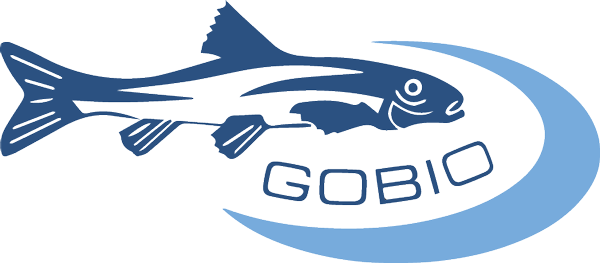(Determination of acute fish toxicity)
For the fish egg test according to DIN ISO 15088 T6 (output status) is a procedure that replaces the function of the fish test.
With the help of the fish egg test, harmful effects can be detected before the organism has developed the structures required to perceive pain, such as the central nervous system, skin or peripheral sensory organs. The fish egg test can be used in a more versatile way than the fish test with the same sensitivity.

The Fischeitest also offers the possibility of testing process wastewater and partial flows before treatment and can thus contribute to the optimization of treatment technology. GOBIO GmbH employees were significantly involved in the development in the corresponding DIN working group.

Eggs of the zebrafish(Danio rerio Hamilton-Buchanan) are used as test organisms. This has a short generation time of only 6 months until reaching sexual maturity and year-round fertility. The females spawn several times a week. Development follows the same basic pattern in all classes of vertebrates, including humans, and can be traced back to a common genetic program.
In the fish egg test, fish eggs are exposed to different dilution levels of wastewater to determine the non-acute toxicity of wastewater. After 48 hours of exposure of the test material, the dilution level of the non-acutely toxic preparation is determined.

The development of fertilized fish eggs can be impaired by wastewater constituents. Damage includes the death of the embryos as well as defined disorders of embryonic development (e.g. failure of somite formation, heartbeat) that lead to death. In addition, indications of chronic damage (e.g. malformations of the spinal column, delayed or incomplete pigmentation, suppression of the development of the head region) can also be recorded.
If the fish egg test is evaluated by experienced developmental biologists, it is possible to analyze the harmful effects beyond the detection of acute toxicity. The fish egg test should therefore be considered as a central instrument of precautionary environmental protection in the ecotoxicological investigation of contaminated sites. So far, the test is the only instrument of preventive environmental protection that can be used on a screening scale to detect harmful effects and is associated with reasonable costs.
The fish egg test can also be carried out as a contact test . For this purpose, the eggs are exposed to the solids to be tested, which are only coated with water, for up to 148 hours.
